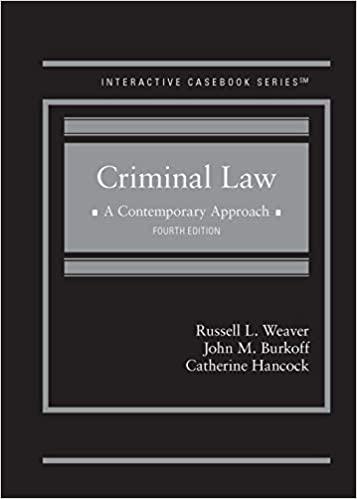what is your opinion about the employee v.s independent contractor dispute at Uber and Lyft?
based on commission; communi- Why or why not? concerning only the results of her 3. Focus on Critical Thinking: Is there a danger that simultaneously perform the same employers will opt to create independent con- greeting card companies. Those tractor positions rather than employee positions e considered in the context of the in order to avoid liability and taxes? Is it ethi- As noted, Waiau had been per- cal to generate revenue based on the efforts of a services for Avanti while she was sales representative, but not provide them with ther company, One Coast; after benefits available to employees such as managers ed, Waiau and Avanti entered into and clerical workers? Uber Settlement LITOTHE ON Some states have a more extensive array of statutory factors to consider. For example, Cali- fornia courts consider (1) whether the worker is engaged in a distinct occupation or busi- ness, (2) whether, considering the kind of occupation and locality, the work is usually done under the principal's direction or by a specialist without supervision, (3) the skill required, (4) whether the principal or worker supplies the instrumentalities, tools, and place of work, (5) the length of time for which the services are to be performed, (6) the method of pay- ment, whether by time or by job, (7) whether the work is part of the principal's regular business, and (8) whether the parties believe they are creating an employer-employee relationship. Uber, the famous ride-hailing service, has been embroiled in a battle with state labor boards over correct catgorization of its drivers. Uber classifies all of its drivers as inde- pendent contractors because of the high level of flexibility that it gives its drivers. In 2013 the drivers filed a class action suit against Uber in California claiming that they were actually employees under the California Labor Code and they should receive worker protections and benefits under California law. In 2016, Uber agreed to settle the case (and a similar case in Massachusetts) by paying approximately $100 million to roughly me madda moy 3Estrada v. FedEx Ground Package System, 64 Cal. Rptr. 3d 327 (2007). | Regulation in the Workplace385,000 drivers. In exchange for continuing to classify the drivers as independent contrac- tors, Uber also agreed to: Provide drivers with a detailed list of rules for when a driver can be deactivated rather than being terminated without explanation (e.g., drug and alcohol use). Provide drivers with more information about their ratings system - a measurement based upon individual scores from passengers - and how ratings were calculated. Create an appeals process for Uber drivers who have been deactivated because of a low rating. Not deactivate drivers who regularly decline to accept requests for rides from passen- gers, a practice that previously would contribute negatively to a driver's overall standing with the company. It is important to note that the ride-hailing industry faces regulatory scrutiny in at least six other states and the issue is still working its way through courts and labor boards. IRS's Three-Prong Test regarding agency status occur in an employment tax context employment taxes on a certain








